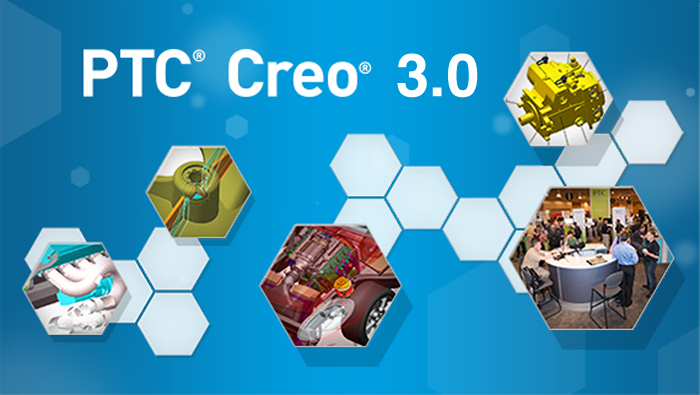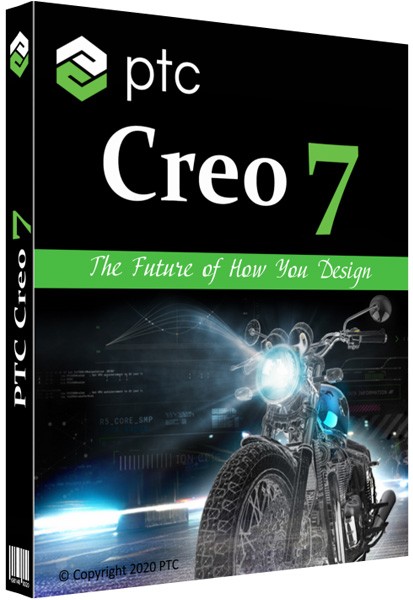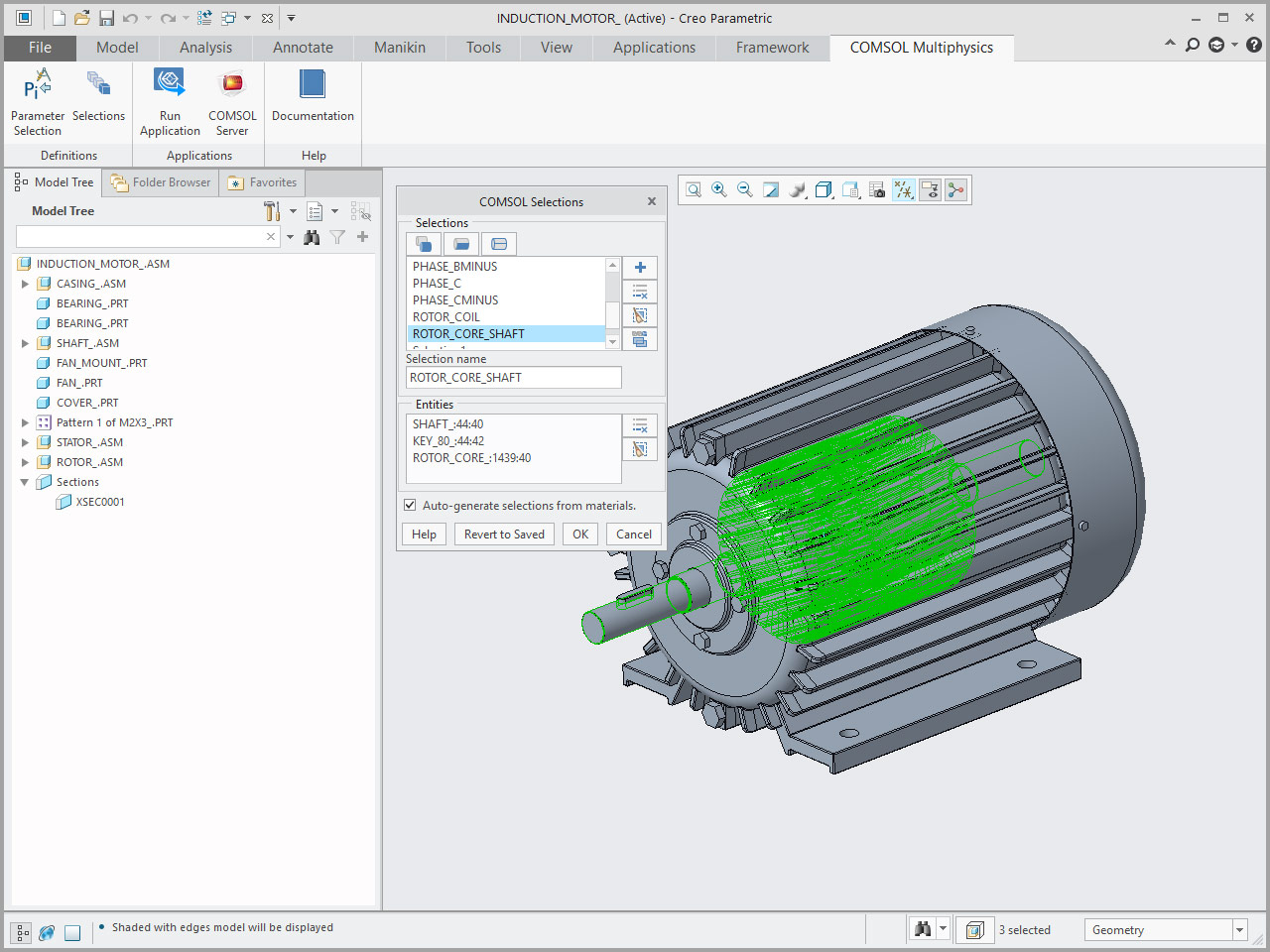


The file only needs to be converted when it is modified and then a new revision is obtained. For example, they can continue to use and reference a SolidWorks file in its current revision as long as they want. “Customers also do not need to revise their data just because they are changing their CAD system. The combination of both options offers companies the possibility to switch to Creo without massive data migration, says Mike Campbell, executive vice president CAD at PTC. This allows editing with the direct-modelling functions in Creo Direct or the Flexible Modeling Extension of Creo Parametric. The interfaces, provided by a partner in the USA, directly convert data via a neutral format into Creo geometry. PTC wants to convince them that it is time to standardise with Creo and is therefore providing them with free connectors for opening and importing Catia, NX and SolidWorks models and importing CAD data from Autodesk Inventor and SolidEdge. There are numerous Multicad customers who still use another system alongside Pro/ENGINEER Wildfire. The other scenario focuses on the consolidation of heterogeneous CAD landscapes in their own customer base. The special feature of this chargeable option of data integration is that the parts or components are automatically updated when changes are made to the original data. It is even possible to define relationships with third-party data - for example, between a bore hole in a native SolidWorks component and a bolt from the Intelligent Fastener Extension, the new Creo library of intelligent standard connection elements. In fact, Creo 3.0 offers users two options for handling third-party data: One option is to open Catia, NX and SolidWorks models in their original format and integrate them into a Creo component as if they were native files.

PTC now calls this innovative Multicad approach “Unite Technology”. With Creo 3.0, PTC has now implemented the promised innovation and substantially expanded the Multicad capability of the software, which was already available in rudimentary form, creating the possibility of integrating models from other CAD systems without having to convert them.

One of these innovations was called Creo AnyData Adoption, which addressed the lack of interoperability of classic MCAD systems that often resulted in companies retaining outdated technology. Search our library and digital resourcesĬreo 3’s new ‘Align’ functionality now enables the user to link their Freestyle geometry to the rest of the model using positional, tangent or normal end conditionsĭo you remember the initial release of the Creo strategy, which at the time was more of a vision than a reality? PTC announced four innovations to create a new basis for CAD technology.


 0 kommentar(er)
0 kommentar(er)
